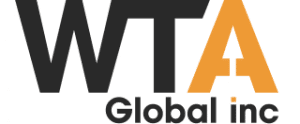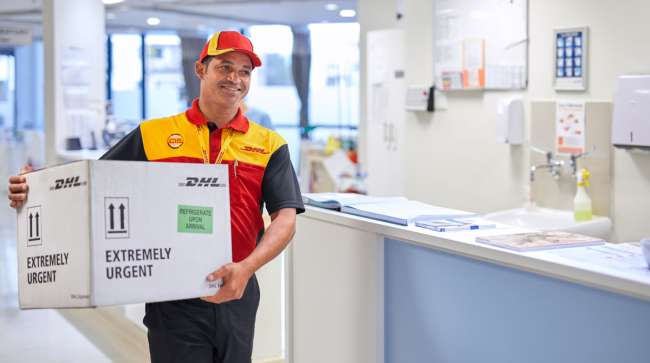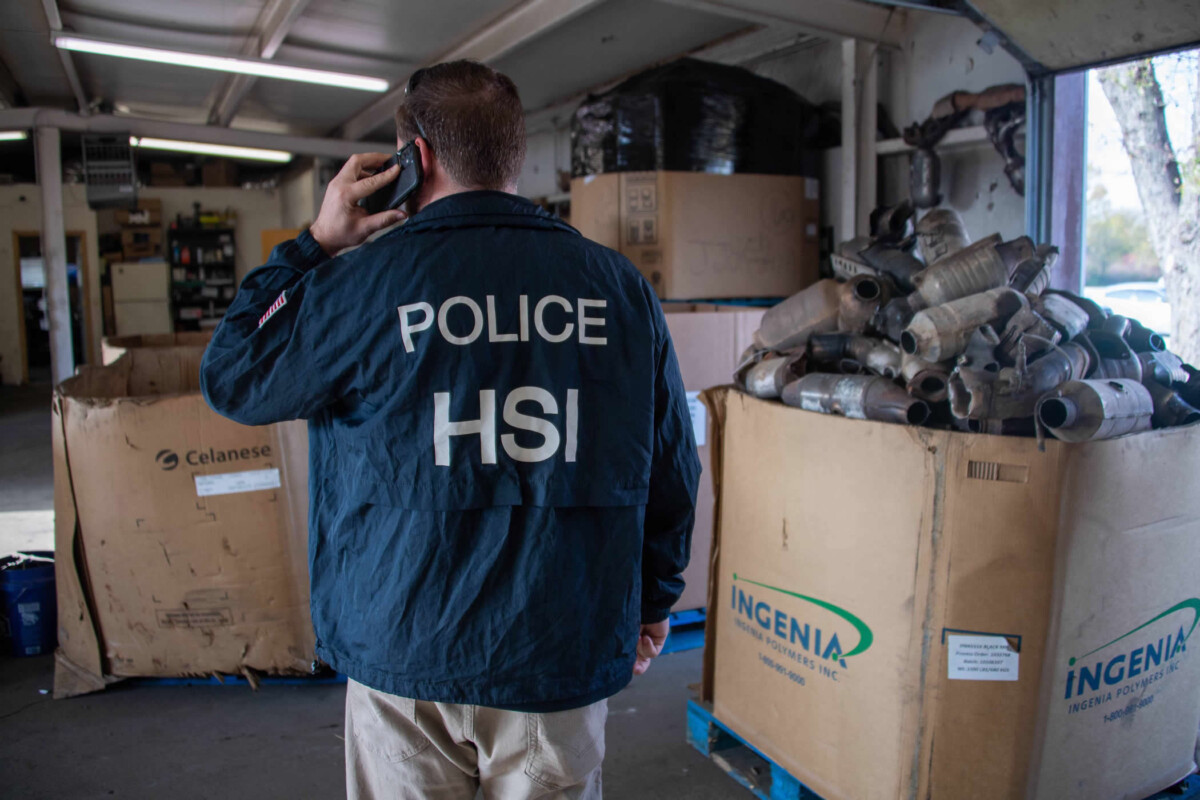The strategy is one leg of a more wide-ranging plan to raise the logistics giant’s revenue by 50% by 2030. (DHL Group)
DHL Group plans to spend more than $1.1 billion over the next five years boosting its North America health care logistics operations as part of a nearly $2.3 billion expansion of sector capabilities globally.
The strategy is one leg of a more wide-ranging plan to raise the logistics giant’s revenue by 50% by 2030 by focusing on fast-growing and high-margin niche markets.
In 2024, DHL Group revenue rose 3% year on year to $95.2 billion. DHL reports earnings in euros and currency conversions were correct as of April 15.
DHL Supply Chain ranks No. 13 on the Transport Topics Top 100 list of the largest logistics companies in North America and No. 5 on the TT Top 50 Global Freight list.
The company’s existing life sciences and health care business contributed more than $5 billion in global revenue in 2024.
Investment in the health care sector — including medical device, clinical trial, biopharma, cell and gene therapy logistics — will focus on enhancing infrastructure and technology across storage, order fulfillment, distribution, global shipping and last-mile delivery under the new DHL Health Logistics brand.
A large part of the spending will be allocated toward establishing cross-divisional Good Distribution Practices-certified “Pharma Hubs” through multi-temperature shipment lanes, cold chain capacity expansion at existing facilities, buying more temperature-controlled vehicles and enhanced packaging, the company said.
“Similar to DHL Group’s purpose of ‘Connecting people, improving lives,’ our strategic investment in life sciences and health care is driven by our customers’ mission: delivering essential, often life-saving products to people in need,” DHL Supply Chain CEO Oscar de Bok said.
“We’re building high-quality, integrated logistics solutions that are as innovative and reliable as the products our customers create — ensuring that patients everywhere receive the right treatment, at the right time, with complete confidence,” added de Bok.

Investment in the health care sector will focus on enhancing infrastructure and technology across storage, order fulfillment, distribution, global shipping and last-mile delivery. (DHL Group)
Currently, DHL Group operates nearly 600 sites, hubs and warehouses across close to 130 countries dedicated to life sciences and health care logistics.
As part of the heightened focus on health care, DHL acquired white-glove logistics specialist Cryopdp from Nashville, Tenn.-based Cryoport on April 2 for an undisclosed sum. Cryopdp specializes in logistics for clinical trials, biopharma, and cell and gene therapies.
Based just outside Paris, Cryopdp handles more than 600,000 shipments per year, with customers and patients in over 135 countries.
“The acquisition of Cryopdp is a pivotal move for our supply chain business as we aim to expand our Pharma Specialized Network to meet the evolving needs of clinical trials, biopharma, and cell and gene therapies, in addition to further increasing our footprint in the conventional pharma and life science health care segment,” de Bok said when the deal was announced.
Meanwhile, DHL and Cryoport also announced a partnership aimed at improving supply chains in the global life sciences and health care sector.
Less than a month before the Cryopdp acquisition, another of the legs playing a role in the 2030 target — e-commerce — was boosted by a U.S.-centric deal.
DHL Supply Chain bought Inmar Supply Chain Solutions, a division of Inmar Intelligence that specializes in returns solutions for the retail e-commerce industry, for an undisclosed sum. DHL said the deal would make the company the largest provider of reverse logistics solutions in North America.
But DHL’s rivals among logistics behemoths are also targeting growth in the life sciences shipping segment.
In January, UPS completed the purchase of Germany’s Frigo-Trans and sister company BPL. Frigo-Trans’ network includes temperature-controlled warehousing; pan-European cold chain transportation services; and temperature-controlled and time-critical freight forwarding capabilities.
UPS ranks No. 1 on the for-hire TT100, and UPS Supply Chain Solutions is No. 5 on the logistics TT100.
FedEx Chief Customer Officer Brie Carere, meanwhile, said during a Dec. 19 earnings call that health care was its priority business-to-business vertical.
Carere said during a March 20 earnings call that the company would be bringing in nearly $400 million in new annualized health care revenue in the coming 90 days and end its fiscal 2025 with about $9 billion in health care revenue.
FedEx ranks No. 2 on the for-hire TT100, No. 2 on the TT Top 50 global freight list and No. 43 on the logistics TT100.
Alongside adding revenue, DHL is also looking to cut its costs by $1.1 billion and increase efficiency as part of its 2030 target.
DHL’s German letters and parcel unit Deutsche Post revealed March 6 plans to cut 8,000 jobs by the end of 2025, only two days after inking a 5% pay rise deal. The cuts will affect about 4% of Deutsche Post’s 187,000 employees.
And in February, Standard Forwarding Freight bought the assets of Midwest less-than-truckload carrier Standard Forwarding from DHL for an undisclosed sum. Standard Forwarding Freight currently focuses on next-day and second-day freight services.
“Following a strategic evaluation of our Standard Forwarding business headquartered in Illinois, we have decided to divest our less-than-truckload and brokerage business. We are pleased to have found an experienced partner who has taken over the business, and we are particularly appreciative that employees have been offered the opportunity to join Standard Forwarding Freight,” a DHL spokeswoman told TT.






